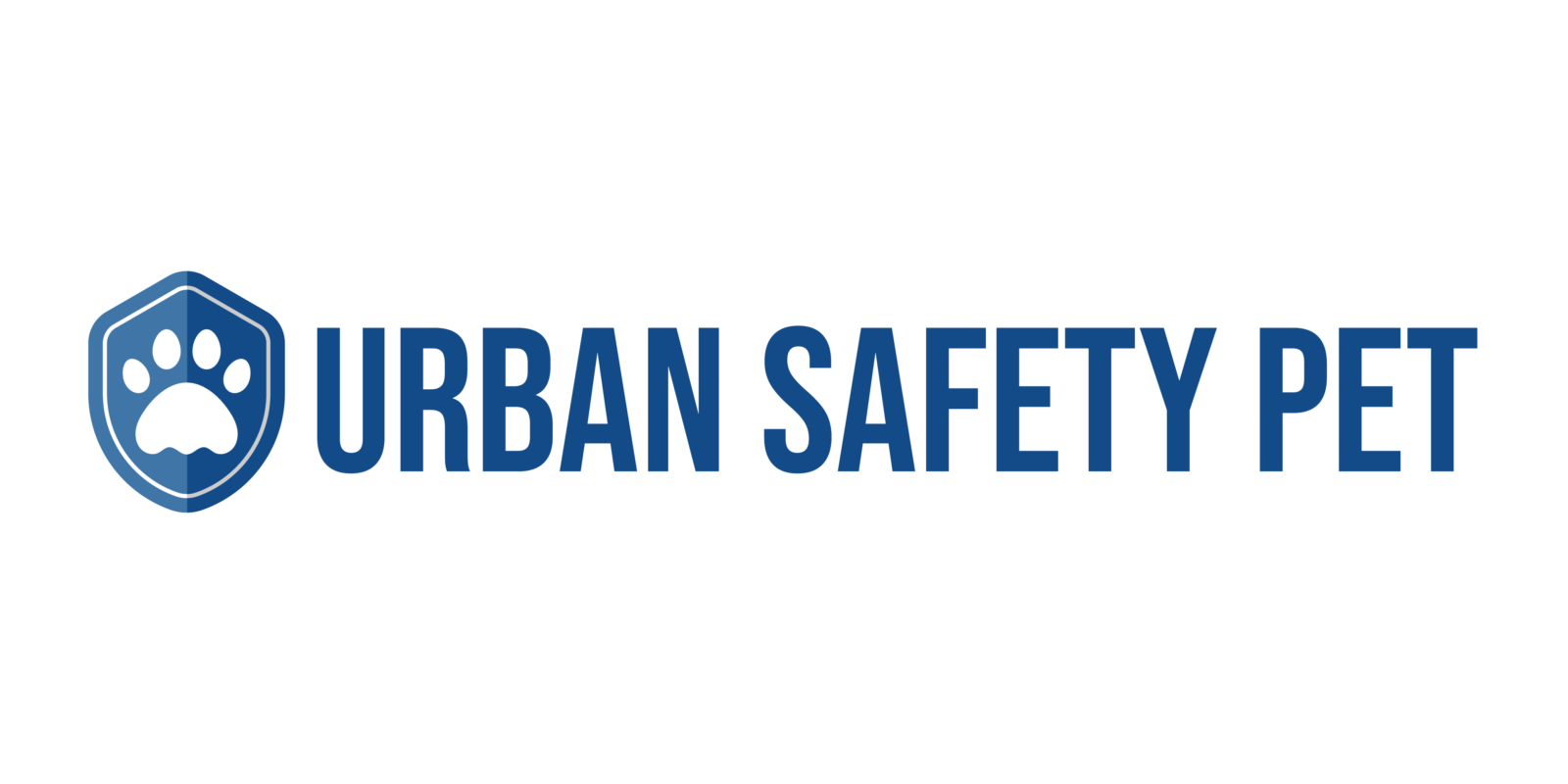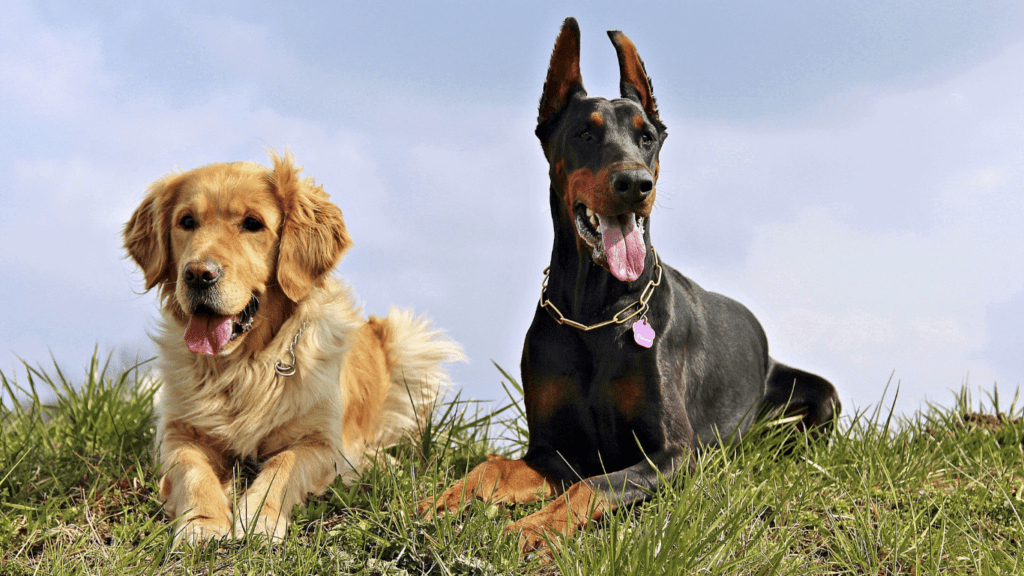Importance of Understanding Pet Body Language
Recognizing your pet’s body language enhances communication. Pets express emotions through their gestures, which are often subtle yet significant. Knowing these signals helps in identifying their mood and well-being. For example, a wagging tail on a dog signifies happiness, while a tucked tail indicates fear or submission.
1. Improving Safety for Both Pets and Humans
Understanding pet body language ensures safety. Misinterpretations can lead to stress or aggression. Observing signs of discomfort, such as growling or hissing, allows for timely intervention. This helps prevent bites or scratches, protecting both the pet and people around.
2. Enhancing the Bond with Your Pet
Reading your pet’s signals strengthens the bond. Pets feel more comfortable and secure when they know they are understood. Recognizing when they need affection, space, or attention, fosters trust. This mutual understanding leads to a happier and more harmonious relationship.
3. Improving Training and Behavior Correction
Grasping body language aids in effective training. Positive reinforcement becomes easier when you can tell if your pet is receptive or stressed. For instance, a cat’s dilated pupils signal excitement, which can be crucial during play or training sessions. This approach optimizes learning and behavior modification.
4. Promoting Health and Well-being
Detecting early signs of illness relies on body language. Sudden changes in posture or activity levels often indicate medical issues. Recognizing lethargy, limping, or excessive scratching can prompt an early visit to the vet. Early detection is vital for maintaining a pet’s health.
Understanding pet body language is essential for effective communication, safety, and well-being. Recognize these signs, enhance your bond, and ensure a nurturing environment.
Common Body Language Signals in Dogs

Understanding a dog’s body language can reveal their emotional state. Recognizing these signals helps strengthen the bond with your dog and ensures effective communication.
Tail Wagging
A dog’s tail provides valuable insight into their mood. A wagging tail often signals excitement, happiness, or friendliness. Rapid, broad wags usually indicate a friendly dog, whereas slow wags might show caution or insecurity. If the tail is tucked between the legs, it likely signifies fear or submission.
Ear Positions
Dogs’ ear positions can communicate various emotions. Erect ears often indicate alertness or curiosity. When a dog’s ears are flattened against their head, they might be scared or feeling submissive. Sometimes, one ear up and one down can signal confusion or uncertainty.
Facial Expressions
Facial cues add depth to a dog’s emotional communication. A relaxed, open mouth can suggest a contented or playful dog. Bared teeth, especially with a wrinkled muzzle, indicate aggression or defensiveness. A dog’s eyes also reveal much; wide eyes may show fear, while soft, half-closed eyes often denote relaxation or satisfaction.
Common Body Language Signals in Cats
Cats communicate through a variety of body language signals. Understanding these signals can help you respond effectively to your cat’s needs.
Tail Movements
Cats use their tails to express a wide range of emotions. A cat holding its tail high indicates confidence and happiness. If the tail is puffed up, the cat might feel threatened or agitated. Observe a twitching tail; it often signifies annoyance or excitement. Recognizing these tail movements can help you gauge your cat’s mood accurately.
Ear Twitches
Ear positions reveal much about a cat’s state of mind. Forward-facing ears show a relaxed and content cat. Ears that twitch frequently can indicate irritation or heightened alertness. If the ears are laid back against the head, the cat may be scared or feeling defensive. Understanding these ear signals aids in predicting your cat’s feelings and reactions.
Eye Contact and Blinking
Eye contact in cats serves as a communication tool. Slow blinking signifies trust and affection. If a cat maintains prolonged eye contact, it might feel threatened or challenged. Wide-open eyes can indicate surprise or fear, especially if the pupils are dilated. Noticing the variations in eye contact and blinking helps you interpret your cat’s trust levels and potential stress.
Behavioral Changes and What They Indicate
Recognizing shifts in your pet’s behavior is crucial for their well-being. These changes often signal underlying feelings and health conditions.
Aggression and Fear
Aggressive behavior includes growling, hissing, or baring teeth. These actions signal discomfort or fear. If a cat arches its back, puffs up its fur, or hisses, it’s threatened or frightened. Dogs often growl, snarl, or raise their hackles when aggressive or scared. Identifying these signs helps in taking swift actions to calm your pet.
Contentment and Relaxation
Contentment and relaxation appear through specific behaviors. Purring and kneading in cats indicate they’re relaxed and happy. A wagging tail, relaxed ears, and gentle body posture suggest a dog feels content. Recognizing these moments strengthens your bond as you understand when your pet feels secure.
Anxiety and Stress
Anxiety and stress manifest through various signs. Cats may hide, over-groom, or show changes in litter box habits. Dogs often exhibit behaviors like:
- excessive barking,
- pacing
- destructive actions.
Identifying these behaviors early helps address environmental or health issues causing the stress.
How to Respond to Your Pet’s Body Language
Interpreting your pet’s body language helps strengthen your bond and ensures their well-being. Responding appropriately to their signals enhances trust and communication.
Positive Reinforcement
Rewarding your pet for desirable behavior encourages repeat actions. Offer treats, verbal praise, and affection when they display positive body language such as relaxed posture or friendly tail wags. Consistent positive reinforcement builds a supportive and loving environment.
Creating a Safe Environment
- A safe environment helps minimize stress and anxiety in pets.
- Provide a calm space with comfortable bedding, toys, and access to quiet areas.
- Recognize signs of discomfort like crouching or ears pinned back, and adjust the surroundings accordingly.
- Avoid sudden loud noises, and introduce new experiences gradually.
Consulting a Professional
Seeking a professional’s help is essential in addressing complex behavioral issues. Contact a veterinarian or an animal behaviorist if your pet exhibits persistent signs of aggression, fear, or anxiety. Timely professional intervention aids in diagnosing and treating underlying issues, ensuring your pet’s holistic well-being.




